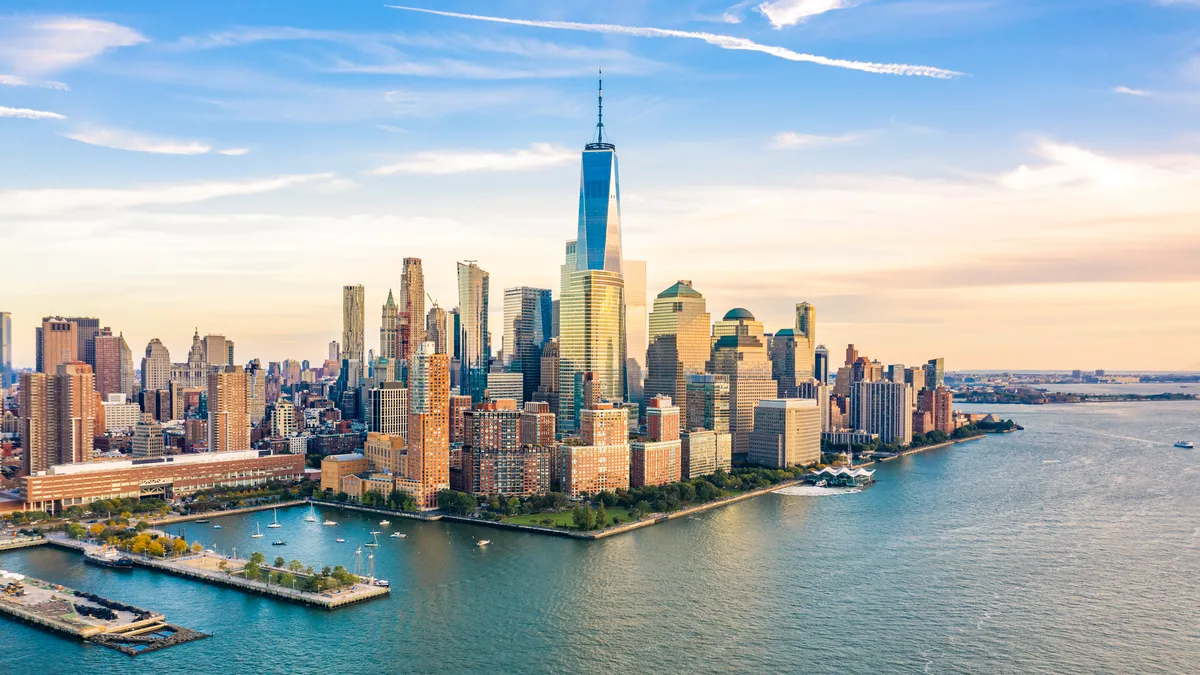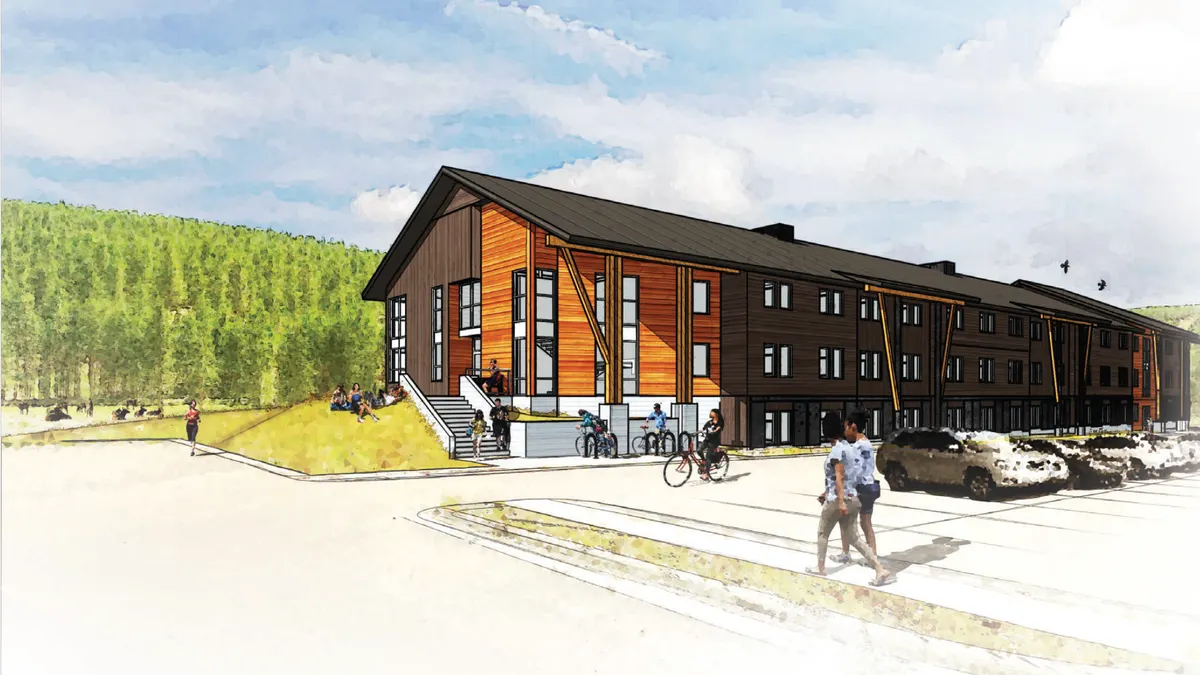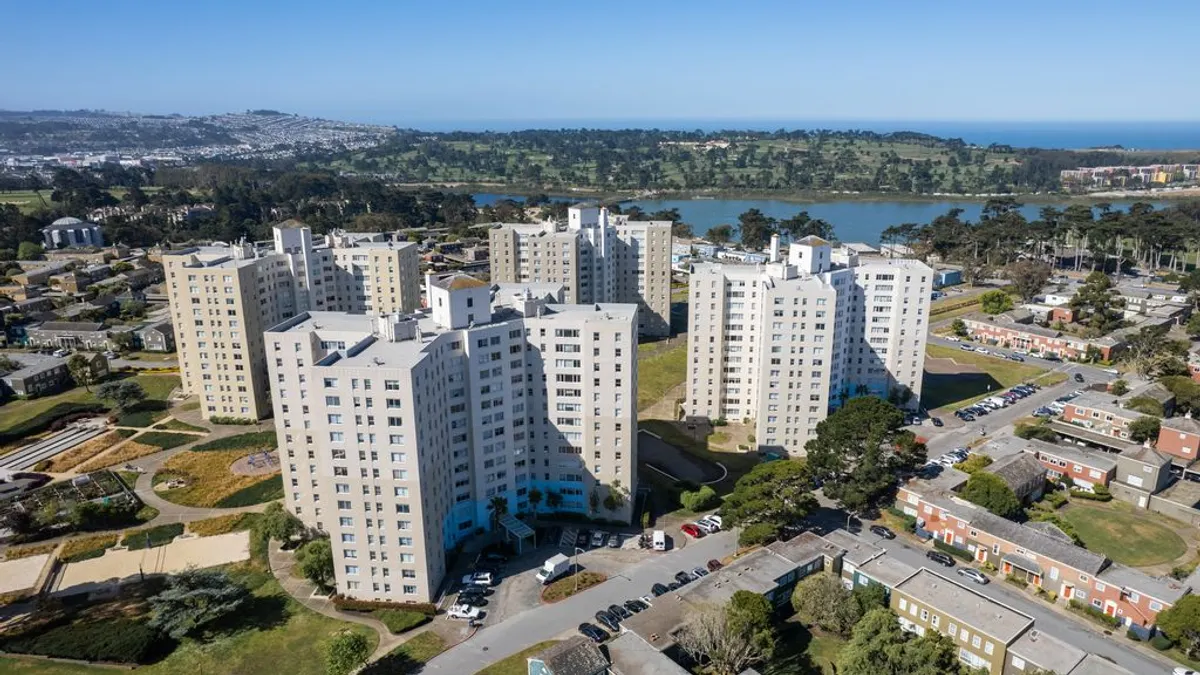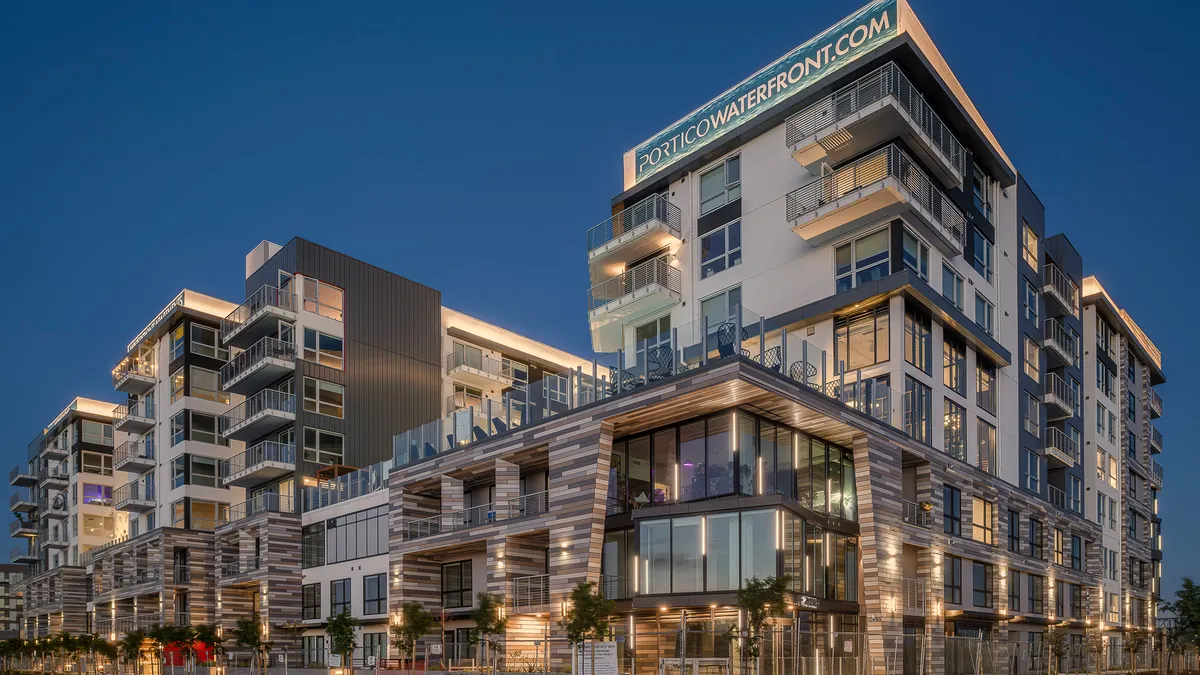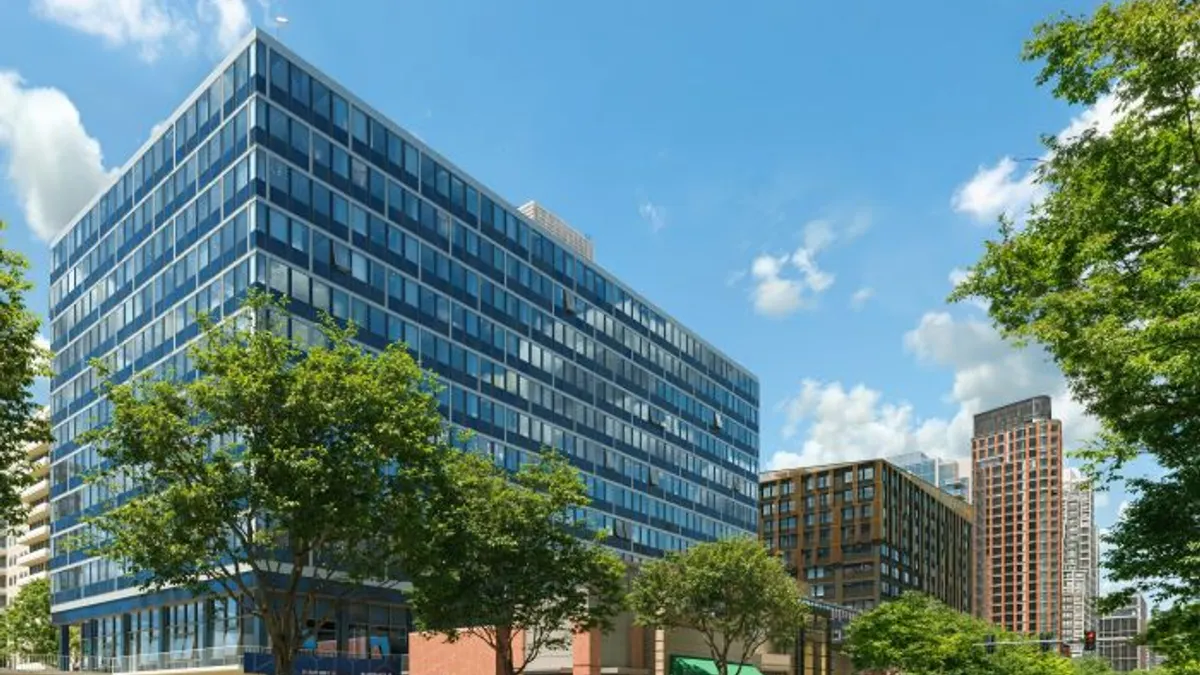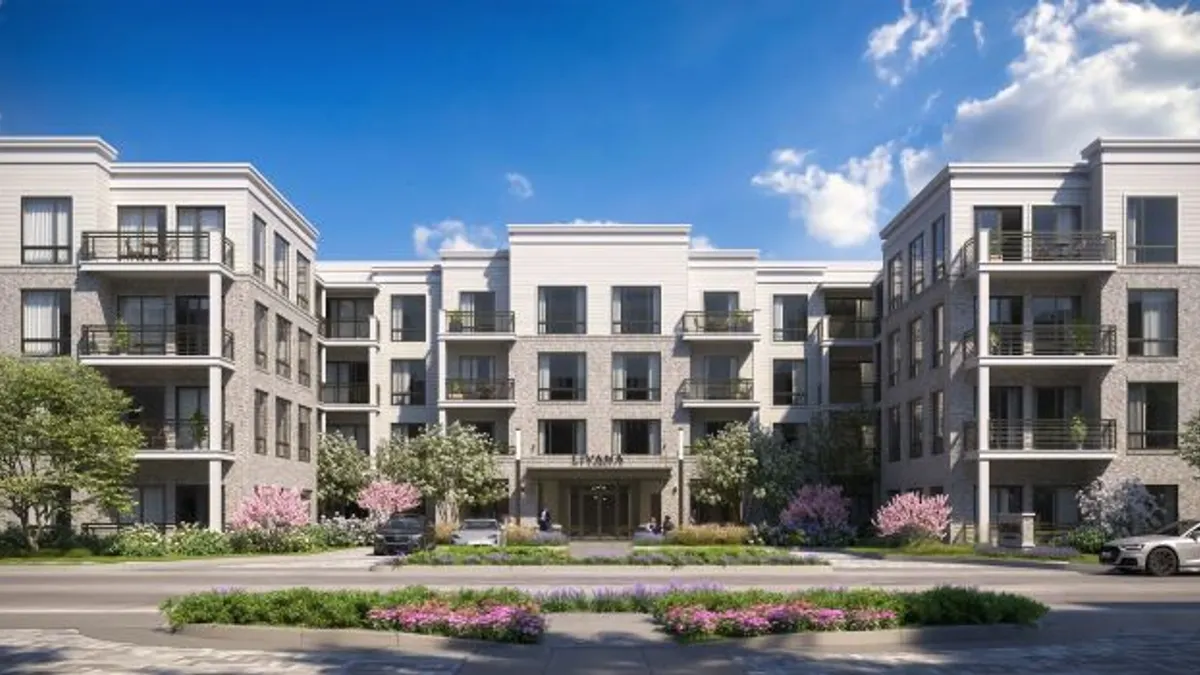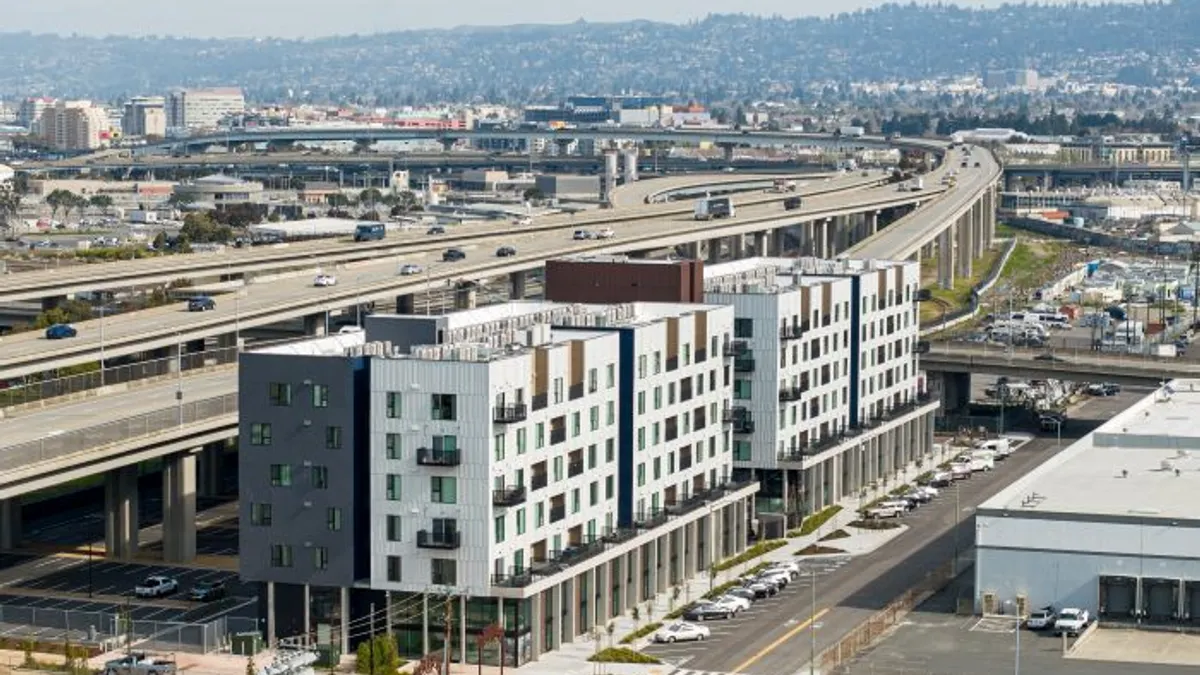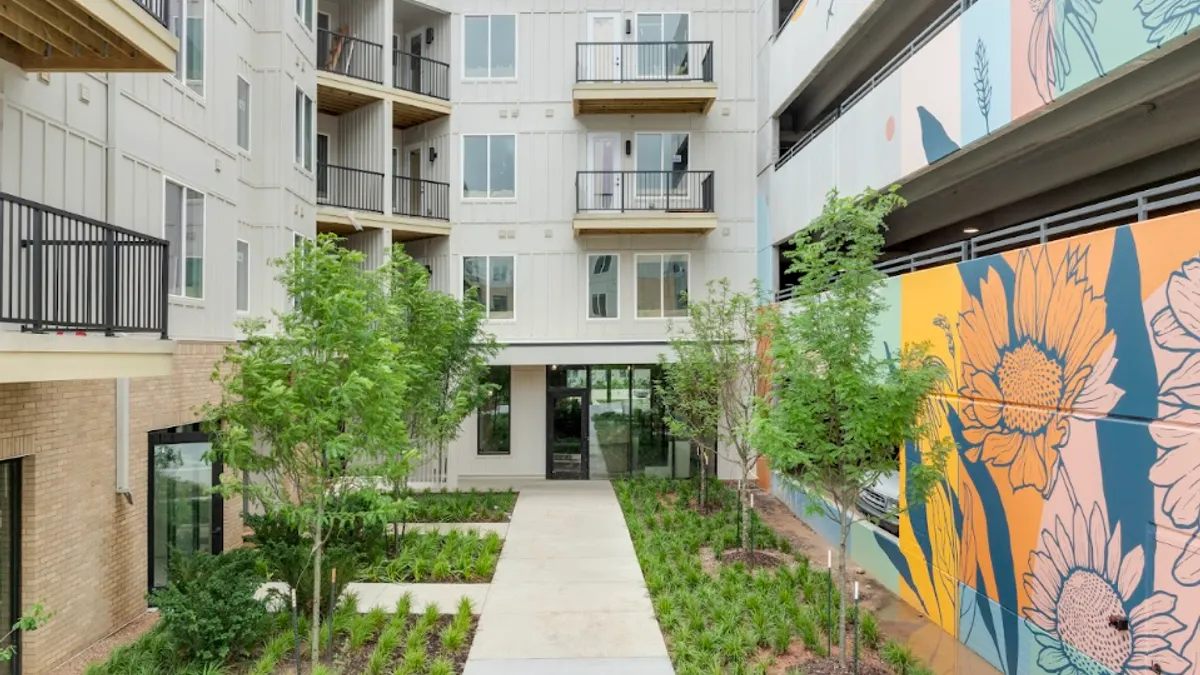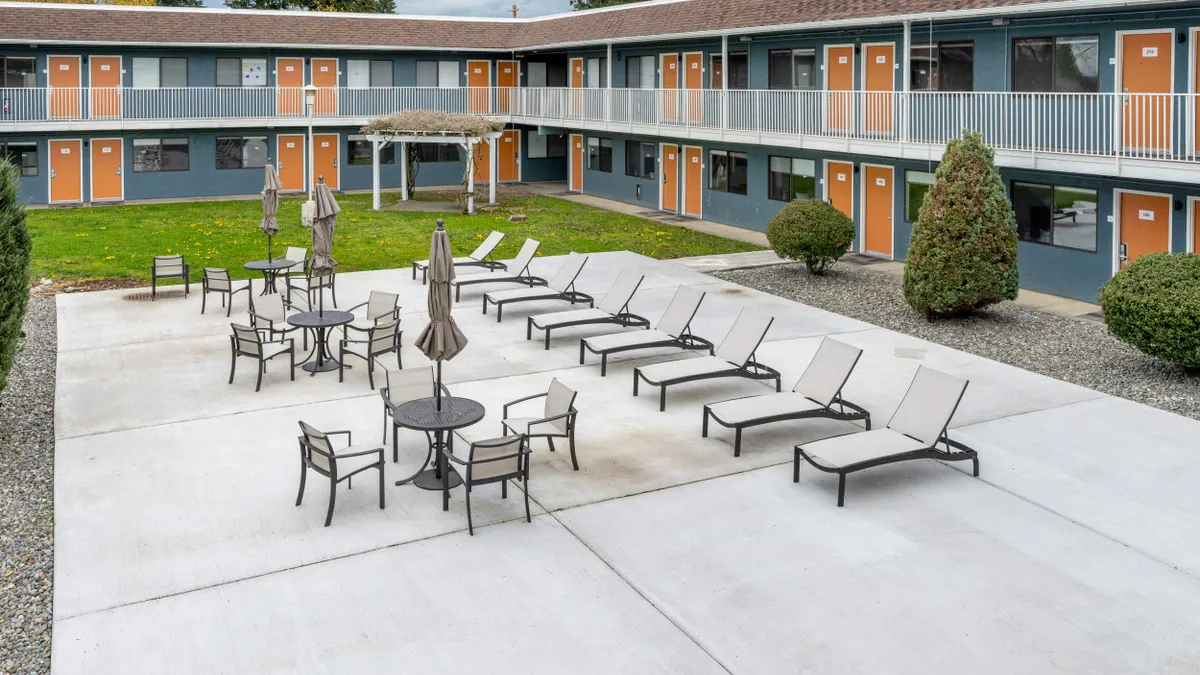For years, New York City–based AmTrust RE made its mark by building and holding large office buildings in the central business districts of cities like New York City and Chicago.
But like many real estate executives, the company’s leaders decided to diversify. In 2018, they began leasing The Amberly Residences, a 31-story, 270-unit luxury building at the foot of the Brooklyn Bridge. After that, the company moved south, buying the AVE Tampa Riverwalk Apartments in Tampa, Florida, and the AVE Terra in Phoenix in partnership with AVE Communities, a brand of Plymouth Meeting, Pennsylvania–based Korman Communities.
To continue to build its apartment portfolio, company leaders brought Jonathan Bennett aboard to serve as president of AmTrust. Previously, he was a managing director at New York City–based Nakash Holdings, where he managed a portfolio that allocated money to all subsectors of real estate, including retail, office, multifamily and hospitality.
AmTrust will add units in a variety of ways. After building The Amberly Residences, it is currently weighing whether to convert an office building overlooking the Hudson River in Westchester County, New York, to apartments and has designs on more acquisitions.
“Over the next couple of years, we’ll hopefully own thousands of apartments,” Bennett told Multifamily Dive. “I hesitate to put a number on how many thousands, but we're certainly continuing to expand in that area.’
Here, Bennett talks with Multifamily Dive about the markets he prefers, the challenges of owning in New York City and the factors to consider when retrofitting office buildings into apartments.
This interview has been edited for brevity and clarity.
MULTIFAMILY DIVE: Do you expect to add more units via development or acquisition in the next year or so?
JONATHAN BENNETT: We're going to be more focused on acquisitions of existing apartments rather than lots of development. That might change as time goes on.
Development is certainly a great opportunity. The pro formas will typically look better if you're going to do developments from the ground up because you’re taking a lot more risk going into that project.
I think the pricing is shifting to come more in line with the new reality of interest rates and lower rent growth. I want to be there to capitalize on that and hopefully get some properties at a decent cost basis as we continue to expand our business.
What markets are you targeting as you build your portfolio?
We will continue to look in those high-growth Sun Belt markets — the Nashvilles and the Austins. I don't know how great the opportunities will be in those markets versus somewhat contrarian markets like New York.
It’s weird that it's contrarian to buy in New York, but we think there's opportunity in New York City, in affordable specifically. There are regulatory issues in New York that have caused a flight of investments away from this market. So we're trying to find opportunities where others aren't.
But it will be a mix. We'll buy stuff in the markets where the crowd is already there. Then we'll try to find opportunities where maybe the crowd was there and left. Maybe we make a bet that they’re going to come back.
Does your familiarity with the real estate market in New York City give you an advantage when chasing apartment deals?
It goes back to the regulatory environment in New York. There is a lot that you need to understand here. There is also a learning curve in terms of understanding the dynamics of the numbers. The numbers are bigger on every line item here. It's not what people are used to who are first entering this market.
How will you decide whether to start from the ground up or retrofit the office building in Westchester County?
Originally, we wanted to scrape it, and I think we will still probably scrape it. But there is a plan out there that shows us retrofitting the building and then building some townhouses because we have those 7 acres there. These are areas that are incredibly supply-constrained. They are affluent suburbs of New York City, and there's just not enough housing to go around.
We're trying to figure out what the best product type and the best product mix would be. Part of the consideration — which is also a consideration for the stakeholders in a local village — is the environmental impact. That is part of what's interesting about it.
I’m hearing that if you can retrofit the existing buildings, there's less of an environmental impact, and maybe it costs you less money as well. So maybe it's a win-win. But I'm also concerned with what the living environment will be when we're done.
What issues will you need to solve to make these offices livable?
Offices are designed very differently than residential buildings. They’re designed with larger floor plates that try to cram more workers in during the day. And only the executives get windows, even though that's changing a little bit today.
But for a residential building, every apartment needs to have windows. So it doesn't work on these massive floor plates. You end up with the interior of the four plates being dead weight and not usable.
Click here to sign up to receive multifamily and apartment news like this article in your inbox every weekday



